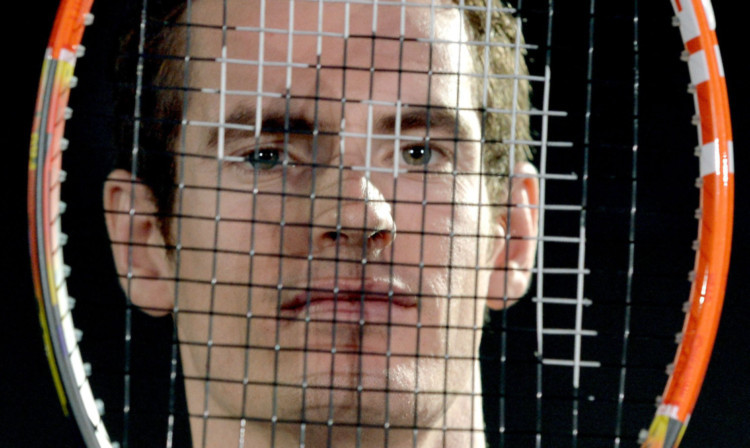Andy Murray is not interested in going to the Australian Open unless he is in a position to win it.
The 26-year-old captured the nation’s heart in July by becoming the first British man to win a Wimbledon singles title for 77 years.
It was a feat Murray managed despite a back problem that first affected him during the 2012 clay-court season, flaring up on the same surface this year.
The injury forced the Scot to miss the French Open and, while able to return for and win Wimbledon, he went under the knife in September after a frustrating US Open defence and helping the British Davis Cup team return to the World Group.
Murray is making slow and steady progress in his rehabilitation and is not interested in rushing back, although again indicated again he would like to appear at the Dream Cup in Barbados at the end of November.
Appearing at an exhibition tournament is one thing, a grand slam quite another something Murray will not consider unless 100%.
“I would be disappointed to miss the Australian Open because it’s a grand slam,” he said.
“It is a tournament all the players want to play at. But when you start setting targets especially when you are coming back from having surgery on your back, it’s a serious thing to have done (it is important) that you don’t come back just to play a match or to the Australian Open.
“If I come back, I want to be in shape to win it. I can look at this in a lot of positive ways and if I do get myself ready for it I will have had a long lead-up and training block, really, to get myself in the best possible shape.
“Whether I make it or not depends on how things go once I get back on the tennis court. I haven’t been on the tennis court yet, so I’m not sure.”
Monday will mark six weeks since Murray underwent surgery and he plans to test his back out by taking to the court for the first time next week.
“Rehab has been going well,” he said. “I haven’t hit any balls yet but all is on track. I’m hoping to hit a couple of balls next week but very few and very light just to see how it is and I will start to progress from there.
“I have still got quite a way to go until I am 100%.”
The operation forced the world no 4 to pull out of this month’s Barclays ATP World Tour Finals in London.
Murray reached the semi-finals at last year’s event and would have fancied his chances at adding that title to the Wimbledon and Olympic crowns won in the capital over the previous 15 months.
“It was a hard decision at first to have surgery and to realise you are going to miss a period of time,” he said. “It is frustrating. You realise how much you miss the competition when you are away from it.
“Whether it’s in London or any of the smaller tournaments you remember, it is nice playing in any of the events. It will obviously be hard missing London but that’s the situation I am in and I will try and make the best of it.”
